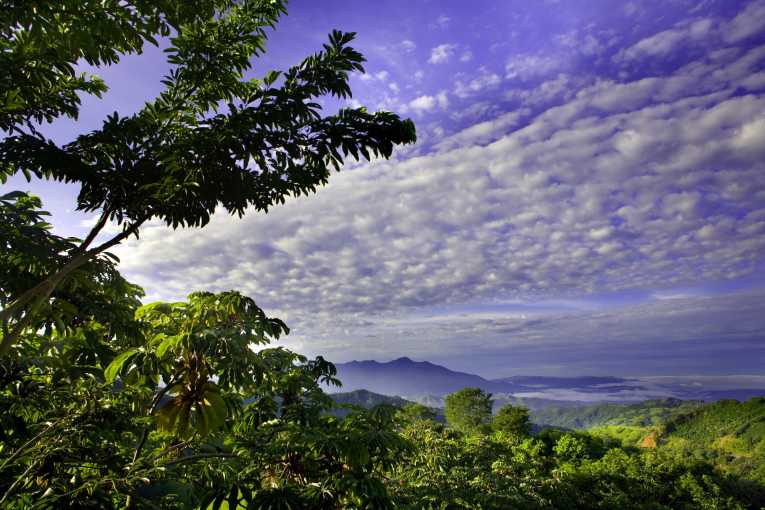Horror stories about the deforestation that is destroying the world's rainforests on a massive scale are sadly old news. Every year enormous tracts of land the size of Cubaare lost, and at the current rate it is estimated that the world's rainforests will have completely disappeared by the end of this century.
The madness is that this 'ecocide' not only poses a direct threat to millions of species of plants, animals and insects that inhabit the forests, but also the earth's fundamental ability to regulate rainfall and temperatures.
But despite this bleak outlook, there is a glimmer of hope.
In an area surrounding town called Samboja located in the heartlands of Borneo, a new rainforest is growing. It's been dubbed a miracle, because just ten years ago the entire area was a vast expanse of yellowing grassland; a direct result of the mechanized logging that tore down thousands of trees for timber and the land razed and burnt. In an almost pre-apocalyptic vision of the future of the entire planet, the rivers dried up, plants died, birds and animals vanished, crops failed and bush fires took over.
But today, like the proverbial phoenix arising out of the ashes, there now grows a fresh, verdant forest thanks to the dedication of a small group of conservationists. Led by Dr Willie Smits, a forestry expert and founder of the Borneo Orangutan Survival Foundation (BOS), the project originally started out in order to provide a secure habitat for the earth's largest arboreal animal. The team wanted to create a sanctuary by reintroducing thousands of native species into the area and reclaim the forest back from what was practically barren wasteland.
While the results are nothing short of miraculous, the truth is this so-called 'miracle' was the result of a great deal of hard work and an unusual fertiliser that helped the new forest take root. This was no chemical concoction dreamed up in a shiny laboratory, but a mixture of faeces, sugar, organic waste, sawdust and cow's urine.
The area is now called Samboja Lestari which means the 'eternal conservation of Samboja'. There is abundant foliage and 35 metre high trees, cloud cover has increased over 10%, rainfall by 25% and the overall temperature has dropped by up to 5°C. The clouds and rains have brought with them the insects, birds and animals, (including 9 species of primate), that are the essential constituents of a healthy ecosystem.
Scientists and conservationists across the world have hailed this success story as an example of how we do possess the resources to turn back the tide. A small but potent symbol of hope for all our rainforests.










